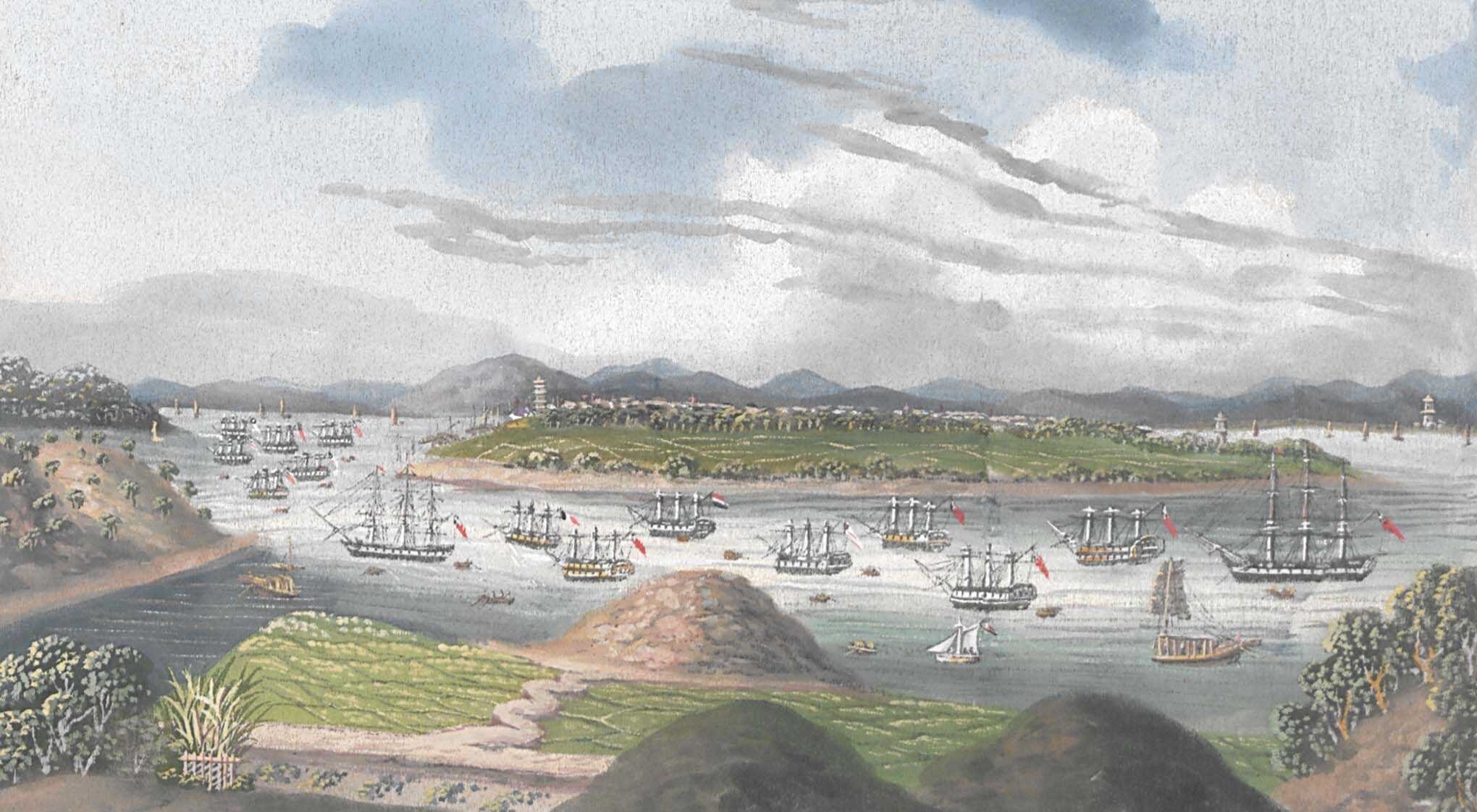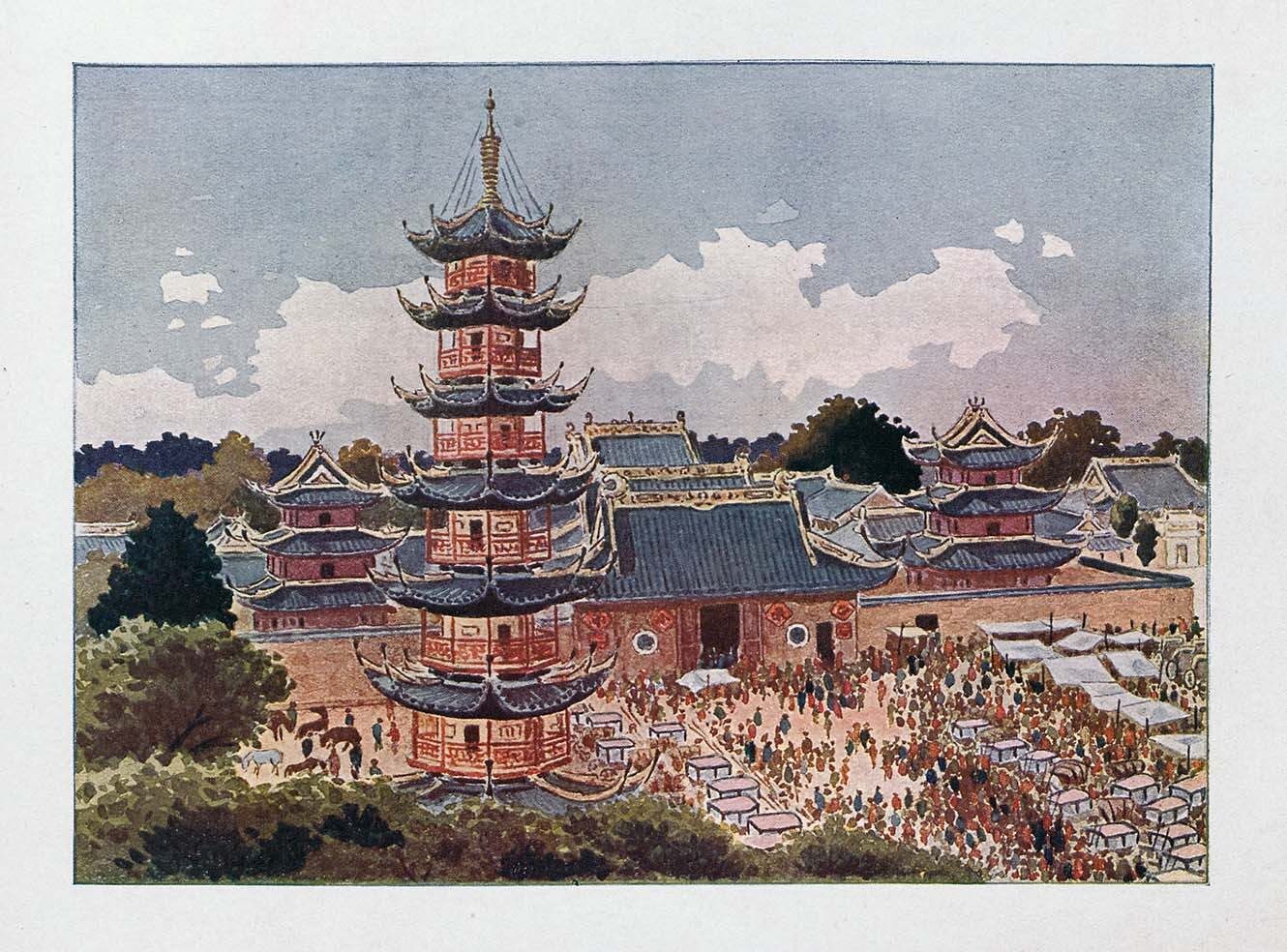China, America and the Pacific
Trade and Cultural Exchange
Explore the cultural and trading relationships that emerged between America, China and the Pacific region between the early 18th and 20th centuries.
Sourced from world-class collections at American and Canadian libraries including the Massachusetts Historical Society and the Peabody Essex Museum, Salem; China, America and the Pacific offers unique insights into the history of North American trade and cultural interactions with China. Coverage also includes Pacific trading centres, such as Hawaii.
Highlights
- Correspondence, logbooks, diaries and shipping papers, revealing the immense impact of the Old China Trade on America's economic and cultural development
- The logbooks for the first American ships to visit China
- A rare letter book of Houqua, a Canton trader
- Trade letters from King Tamoree and Queen Charlotte Tapoolee of Kaua'i (Hawai'i)
- Photographs, logbooks and correspondence documenting the development of the fur trade in the Pacific Northwest and the Pacific whaling industry.
Key data
Period covered
Source archives
- American Philosophical Society (APS)
- Boston Athenaeum
- Bridgeman Art Library
- California Historical Society Collection at Stanford
- Hagley Museum and Library
- Hawaiian Historical Society
- Massachusetts Historical Society
- Nantucket Historical Association
- Phillips Library, Peabody Essex Museum
- University of Alberta
- University of British Columbia
- University of California, San Diego
- Winterthur Museum, Garden and Library
- Old China Trade
- Early Commercial Development of US Cities (New York, Boston, etc)
- Maritime Routes: East and West Coast
- Development of Hawaii as Trading Post
- Chinese-American Cultural Exchange
- Fur Trade in the Pacific Northwest
- Diplomacy and Politics of America and the ‘Far East’
- Ships' logs (valuable records of commodities and trading information)
- Manuscript sources, including family and business papers of merchants, shipping dynasties, shipbuilders, shipmasters and supercargoes
- Rare newspapers
- Rare printed books
- Visual material (including paintings, illustrations and photographs)
- Historic maps
- Objects
- Ephemera, including Clipper ship cards
- Michael Block, University of Southern California
- James Fichter, Lingnan University
- John Haddad, Penn State Harrisburg
- Paul A Van Dyke, Sun Yat-sen University
- Business and Economics
- Cultural Studies
- East Asian Studies
- International Relations
- North American Studies
- Museum objects
- Interactive map
- Interactive chronology
- Extensive image gallery
- Online exhibitions
- Carefully selected external links
- Contextual essays
- Detailed glossary
Collection insights

To twenty-first-century tourists, Hawaiian hula dancing is symbolic of Pacific island paradise. However, travel back almost two hundred years, to over a century before Hawaii became an American state, and see the hula at the centre of a moral battleground.

Whilst delving into an intriguing batch of Chinese artwork, I was arrested by the sight of a man’s bare buttocks. Said buttocks were receiving a thorough spanking administered by a law enforcement officer who looked decidedly happy in his work.

Upon Captain Cook’s arrival in 1778, the population of the Hawaiian Islands was estimated at around 500,000. By 1848, however, this number had fallen to less than 90,000. Contemporary narratives largely focus on one primary cause: the arrival of syphilis.
Reviews
Detailed glossary Highly recommended for Lower-level undergraduates and above
- Author: K Cleland-Sipfle, Southern Oregon University
- Publisher: Choice





